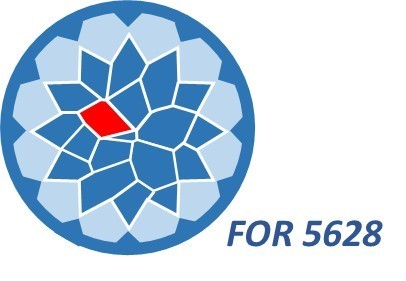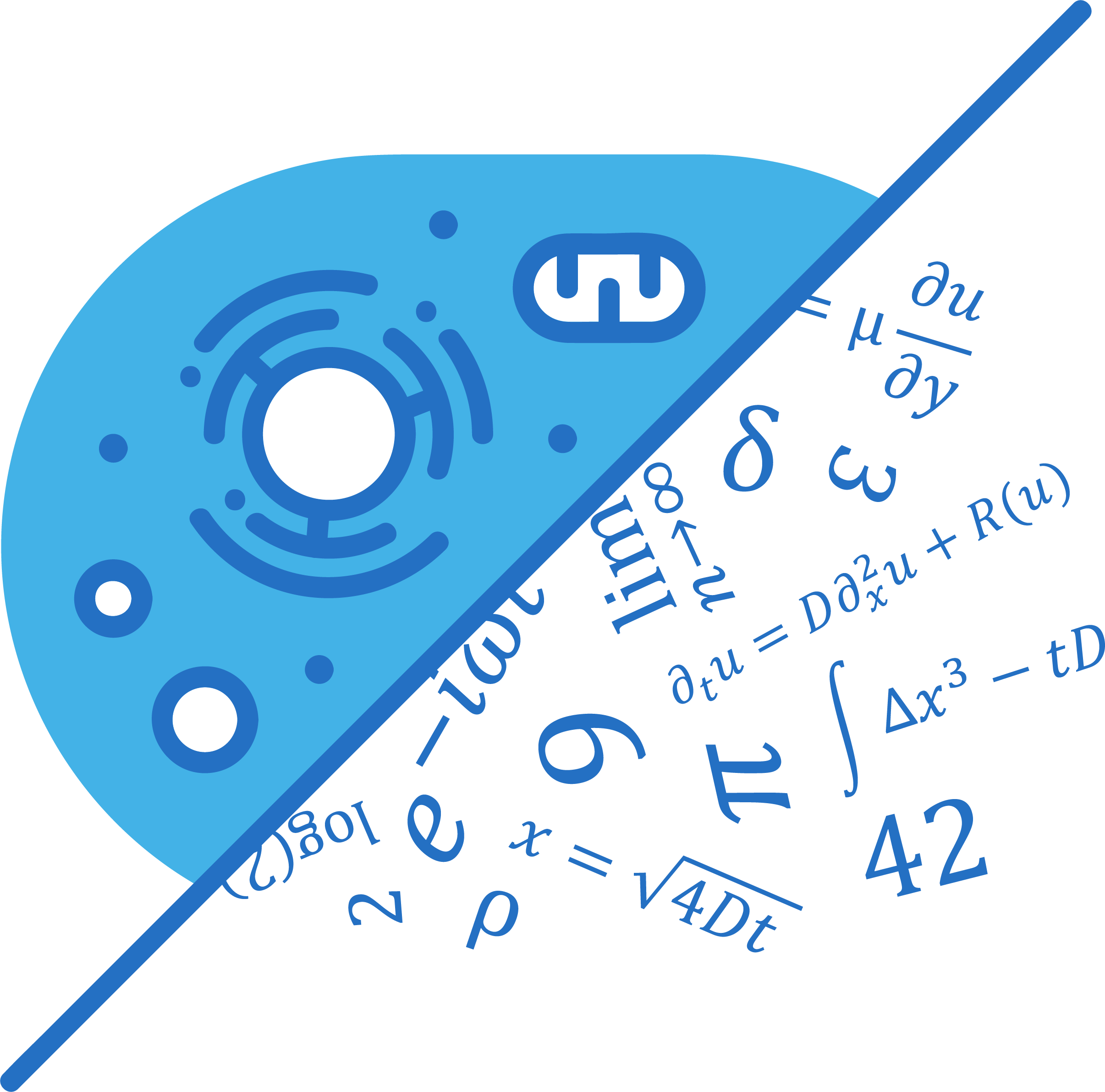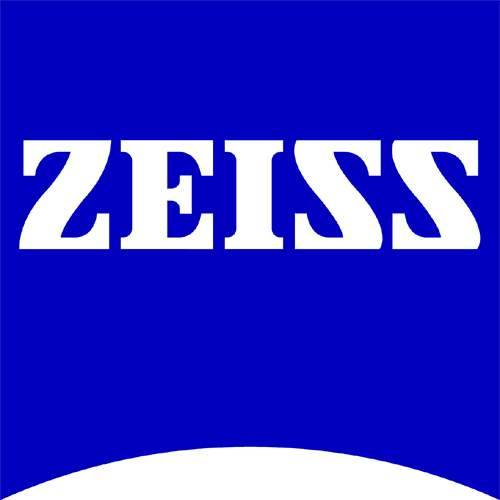|
15th Annual Symposium Physics of Cancer Leipzig, Germany Sept. 30 - Oct. 2, 2024 |
PoC - Physics of Cancer - Annual Symposium | ||||||||||||||||||
|
|
Poster
Optogenetic control of collective dynamics in epithelial cells
Contact:
Collective cell motility states such as flocking and jamming are active matter states that play important roles in development and disease. However, much of the physical dynamics of these collective states remains to be discovered.
We use optogenetics to control and understand collective cell dynamics. Optogenetics allows to control cell mechanics on-demand with unprecedented temporal and spatial precision by photoactivating the molecular machinery that regulates cell mechanics. Robust control of cell migration has not been achieved yet, and further, there is considerable uncertainty in how to create the force patterns that can move cells. We thus use traction force microscopy to measure cell forces and relate them to optogenetic activation and motility. We show that optogenetic activation of the small GTPases Rac1 or CDC42 on one side of an epithelial cell induces lamellipodium growth in nearly all cases, and leads to cell motility in the direction of the activated side, although with lower efficiency. We find that cell motility additionally requires a mechanical asymmetry. This asymmetry is characterized by a strong traction force peak on the leading edge and a broader distribution of traction at the trailing edge. While these forces always cancel out in total, an active gel model allows to decompose them into active tractions and dissipative forces. This supports the concept of a new, first force-velocity relation for cell motility. Further work will show how this can be employed to engineer collective cell motility.
|









